6 New Energy Efficient Features to Incorporate in Your Bath Remodel
In the modern world, where energy efficiency is paramount, remodeling your bathroom presents a perfect opportunity to incorporate sustainable and cost-effective features. This article explores five innovative solutions that will not only enhance the aesthetic appeal of your bathroom but also contribute to reducing energy consumption. Homeowners are increasingly aware of the impact of their energy choices, and a bathroom remodel can significantly enhance your home's overall sustainability. According to This Old House, 53% of homeowners planned to remodel or renovate their bathroom in 2025. With this forward-thinking attitude, adopting energy-efficient technologies is not just smart planning, but also a responsible path towards a sustainable future.
1. LED Lighting Solutions
a. Benefits of LED Lighting
LED lighting has become a staple in a modern energy-efficient bathroom remodel due to its numerous benefits. One major advantage is its longevity, as LED bulbs can last up to 25,000 hours or more. This means fewer replacements and less waste, contributing to both economic savings and ecological benefits. LED lights are also known for their superior energy efficiency since they use up to 75% less energy than incandescent lights. These factors make LED lighting an essential component in any eco-friendly bathroom remodel.
b. Types of LED Fixtures for the Bathroom
There are various types of LED lighting fixtures designed specifically for bathroom use. Recessed LED lights are a popular choice, offering a sleek and modern look while maintaining excellent light coverage. LED strip lights can be installed around mirrors or under cabinets to enhance ambient lighting and highlight bathroom features. Waterproof LED panels and lights ensure that all bathroom areas are safely illuminated, even in moisture-prone zones. The adaptability and variety of LED fixtures make them highly customizable to suit every bathroom's specific needs.
c. Installation Tips for Maximum Efficiency
Securing maximum efficiency from LED lighting involves careful planning and installation. It is important to assess the bathroom's current lighting setup and determine where LEDs can offer the most benefit. Positioning lights to minimize shadows and ensuring fixtures are waterproof are key considerations. Using dimmers can enhance energy savings further by allowing the intensity of light to be adjusted according to demand. Proper installation not only enhances the room's functionality but also maximizes energy savings, reinforcing these features' cost-effectiveness.
2. Water-Efficient Showerheads
a. Understanding Water Flow Rates
Water-efficient showerheads are designed to deliver an adequate shower experience while using significantly less water. Standard showerheads use about 2.5 gallons per minute (gpm), but water-efficient models can reduce this to as low as 1.5 gpm. This improvement in flow rates can result in substantial water savings, which is beneficial for both the environment and your utility bills. Improved aeration technology in these showerheads maintains water pressure while minimizing flow. Understanding these metrics helps homeowners make informed decisions about which fixtures contribute to overall water conservation.
b. Types of Water-Efficient Showerheads
There are several types of water-efficient showerheads that can cater to different preferences and needs. Aerating showerheads mix air with water, while laminar-flow models create individual streams. Dual-function showerheads allow for switching between water-saving and full-flow modes as desired. Also available are high-efficiency showerheads with adjustable spray settings, offering a range of experiences. Selecting the right type can personalize and optimize water use, bringing both luxury and conservation into your bathroom remodel.
c. Installation and Maintenance Tips
Installing a water-efficient showerhead is relatively straightforward but requires some consideration for optimal performance. Ensuring a proper seal between the shower arm and new head prevents leaks, while regular cleaning maintains function and flow. Mineral buildup can be managed with vinegar soaks, ensuring continued efficiency. Periodic inspection of the showerhead ensures that any wear is caught early, maintaining performance over time. Proper installation and maintenance ensure longevity and continuous water savings.
3. Low-Flow Toilets
a. How Low-Flow Toilets Work
Low-flow toilets are engineered to use significantly less water per flush compared to traditional models. Modern low-flow designs rely on gravity and precise mechanisms to deliver powerful flushes with as little as 1.28 gallons of water. This is a drastic improvement over older toilets, which can use up to 6 gallons per flush. Dual-flush systems provide an added option for reducing water use for liquid waste separately. Transitioning to low-flow toilets effectively reduces household water consumption without sacrificing performance.
b. Modern Designs and Styles
Today's low-flow toilets are available in a variety of designs that enhance both their aesthetic appeal and functionality. From sleek, contemporary silhouettes to classic shapes, these toilets integrate seamlessly into any bathroom remodel. Compact designs save space in smaller bathrooms, while styles with elongated bowls offer comfort. Many manufacturers provide customizable options, such as heated seats or integrated bidets. The diverse styles and modern technology available ensure that low-flow toilets complement any bathroom remodel.
c. Installation Process and Considerations
Installing low-flow toilets generally involves replacing your existing toilet with minimal plumbing adjustments. Measuring existing spaces and ensuring proper fit for new units is critical. Attention should be paid to the model's flushing capabilities and water pressure requirements before installation. It's advisable to consult with a professional plumber to handle water connections and sealing. Proper installation ensures your low-flow toilet functions efficiently, maximizing its waste reduction potential and water savings.
4. Energy Efficient Water Heaters
a. Types of Energy Efficient Water Heaters
Energy-efficient water heaters come in several forms, each with distinct advantages based on household needs. Tankless water heaters provide hot water on demand, eliminating the energy wasted maintaining a tank's temperature. Hybrid models combine heat pump technology with traditional heating elements to provide energy savings without compromising on supply. Solar water heaters offer a renewable option, utilizing solar panels to minimize reliance on traditional energy sources. Each type contributes to an energy-efficient home through reduced consumption and operating costs.
b. Benefits of Tankless Water Heaters
Tankless water heaters are becoming increasingly popular in energy-conscious bathrooms for their numerous advantages. One of the primary benefits is their efficient use of energy, as they heat water only as it is needed, reducing standby losses. Compact in size, these units can be installed in smaller spaces where traditional tanks cannot fit. They provide a continuous supply of hot water, making long waits for tank refills a thing of the past. Additionally, tankless options generally have a longer lifespan, providing both longevity and savings.
c. Installation and Space Requirements
Installing an energy-efficient water heater, especially a tankless model, requires careful planning regarding space and power needs. These heaters need less room than traditional tanks, allowing installation in more flexible locations. Proper venting and electrical setups are requirements that ensure safe operation. Consulting with a professional technician helps to navigate specifics like gas supply or electrical considerations. A precise installation not only ensures energy savings but also extends the life of the appliance.
5. Smart Thermostats for Bathrooms
a. Features and Benefits of Smart Thermostats
Smart thermostats bring enhanced control and energy convenience to your bathroom remodel. They offer precise temperature regulation, adjusting heating based on the user's schedule and preferences. Integration with home automation systems allows for remote control and energy monitoring, enhancing efficiency. Features like learning behavior adapt to user patterns, recommending optimal settings for savings. By maintaining a comfortable climate while reducing unnecessary energy usage, smart thermostats contribute significantly to a bathroom's overall efficiency.
b. Integration with Bathroom Heating Systems
Smart thermostats can be seamlessly integrated into various bathroom heating systems, including underfloor heating and heated towel rails. This compatibility allows them to optimize energy use by directly controlling these elements based on programmed schedules or environmental readings. Elevating this integration to smart home systems means consolidating control with voice commands or mobile apps. Such innovation not only fosters energy savings but also elevates the user experience, delivering personalized comfort and efficient operation. Crafted to work alongside existing systems, these thermostats are vital in a comprehensive energy-efficient bathroom overhaul.
c. Installation and Setup Guide
The installation of a smart thermostat in the bathroom involves connecting it to the existing heating system and setting up the initial configuration. Many models facilitate a simple installation process with guided manuals and online tutorials. Establishing a reliable Wi-Fi connection is crucial for the thermostat's functionalities, from remote access to timely notifications. During the setup phase, it's beneficial to explore customizable settings and energy reports available through connected apps. To ensure an effective setup, professional assistance can be sought, safeguarding optimal performance and integration.
6. Sustainable Flooring Options
a. Types of Sustainable Flooring Materials
Choosing sustainable flooring materials for your bathroom remodel is an effective way to boost its environmental credentials. Cork and bamboo are leading choices, recognized for their renewable nature and energy efficiency. Tiles made from recycled glass waste are increasingly popular, offering durability with a smaller carbon footprint. Natural linoleum, derived from renewable sources, provides another environmentally friendly option. Each material offers unique properties, from hypoallergenic benefits to thermal regulation, enhancing both sustainability and comfort in the bathroom setting.
b. Benefits of Cork and Bamboo Flooring
Cork and bamboo flooring stand out due to their sustainable production and effective insulation properties. Cork is harvested from the bark of cork oak trees, which regenerates, making it a renewable resource. Bamboo grows much faster than traditional hardwoods, contributing to its sustainability ranking. Both materials provide excellent thermal insulation, enhancing bathroom warmth while reducing heating costs. Furthermore, they offer appealing aesthetics and resilience, adapting to various design needs while supporting eco-friendly choices.
c. Insulation and Energy Efficiency
Sustainable flooring options play a vital role in a bathroom's thermal regulation, extending energy efficiency. By leveraging natural insulating materials like cork and bamboo, less heat is lost during colder months. This impact on room temperatures means reduced strain on supplemental heating sources. The choice of flooring can further enhance moisture resistance, crucial for bathroom conditions that traditionally push energy use upwards. A combination of these factors leads to a more energy-efficient and environmentally friendly bathroom space.
Incorporating energy-efficient features into your bathroom remodel is a smart investment for both the environment and your wallet. By focusing on sustainable solutions like LED lighting, water-efficient fixtures, and energy-efficient appliances, you can significantly reduce your home's energy consumption while creating a modern and aesthetically pleasing bathroom space. These changes not only reflect a commitment to sustainability but also enhance the comfort and value of your home. As more homeowners embrace such advancements, prompted in part by predictions like those from This Old House, bathrooms are transforming into eco-friendly havens. Optimizing energy usage is an achievable goal with these innovative solutions, marking an impactful step towards a greener future. If you're looking to remodel your bathroom, contact Coral Gables Plumbing Co today.
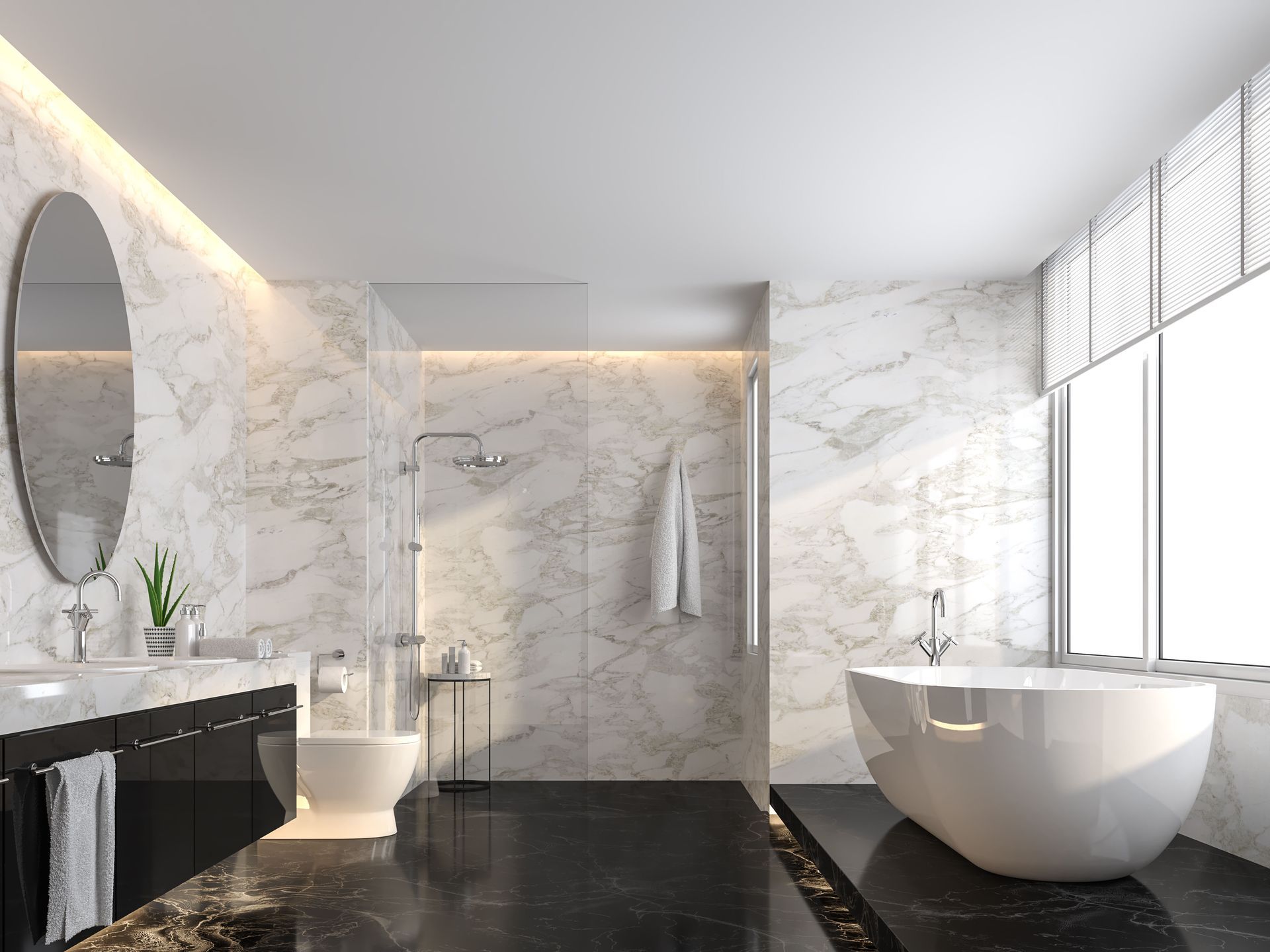
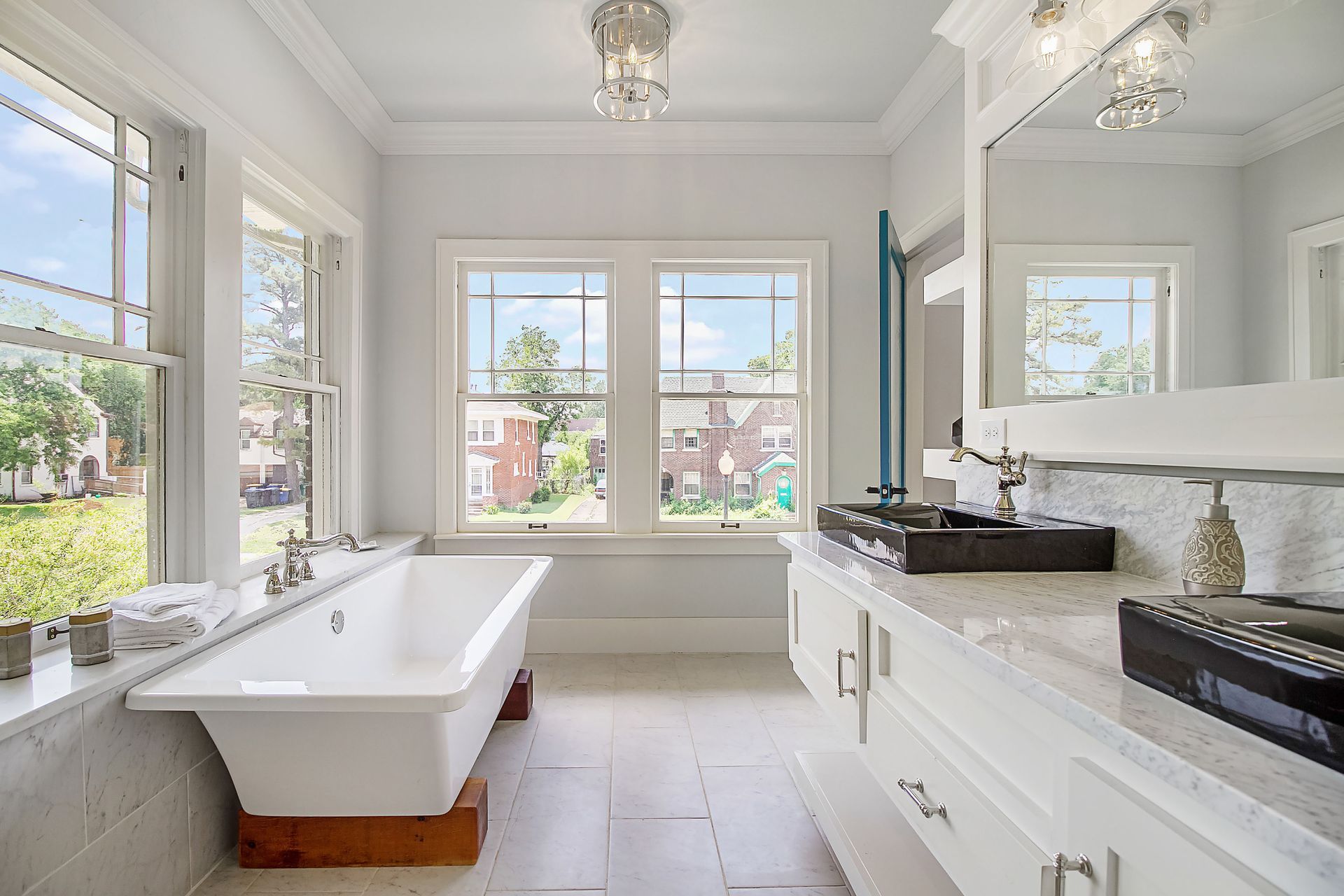

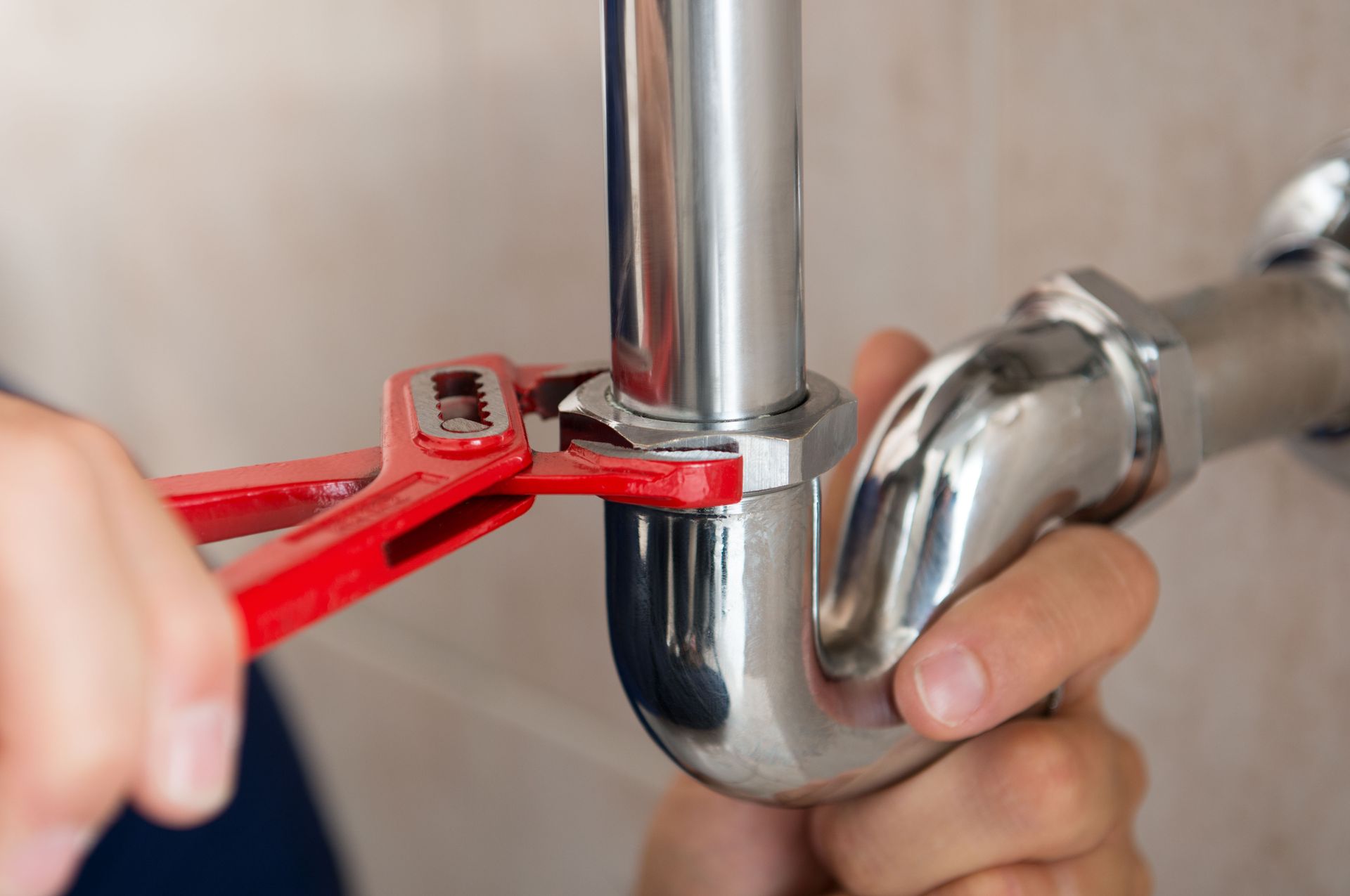
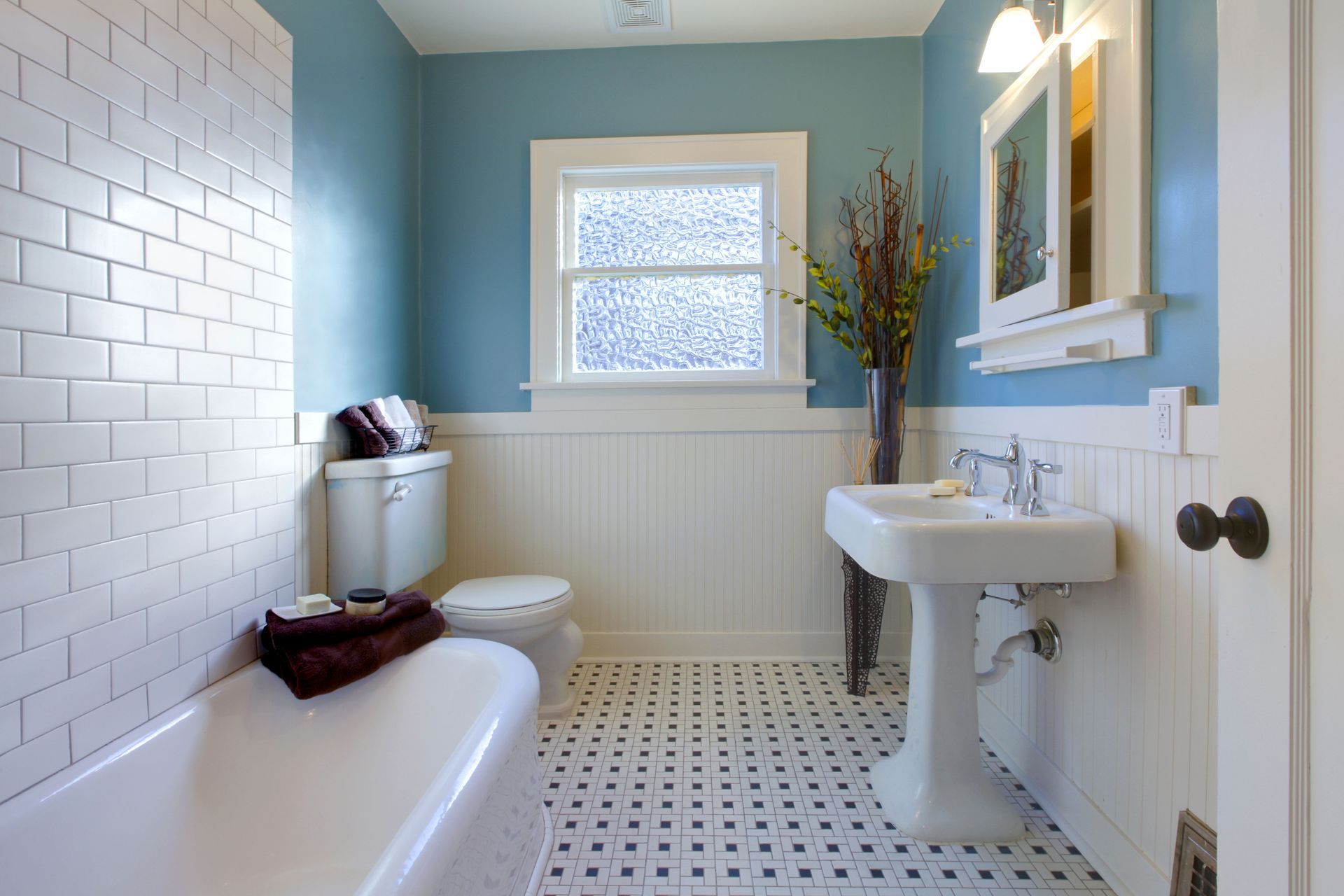

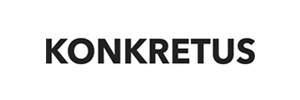
































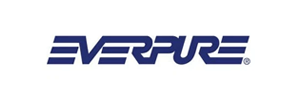







Share On: